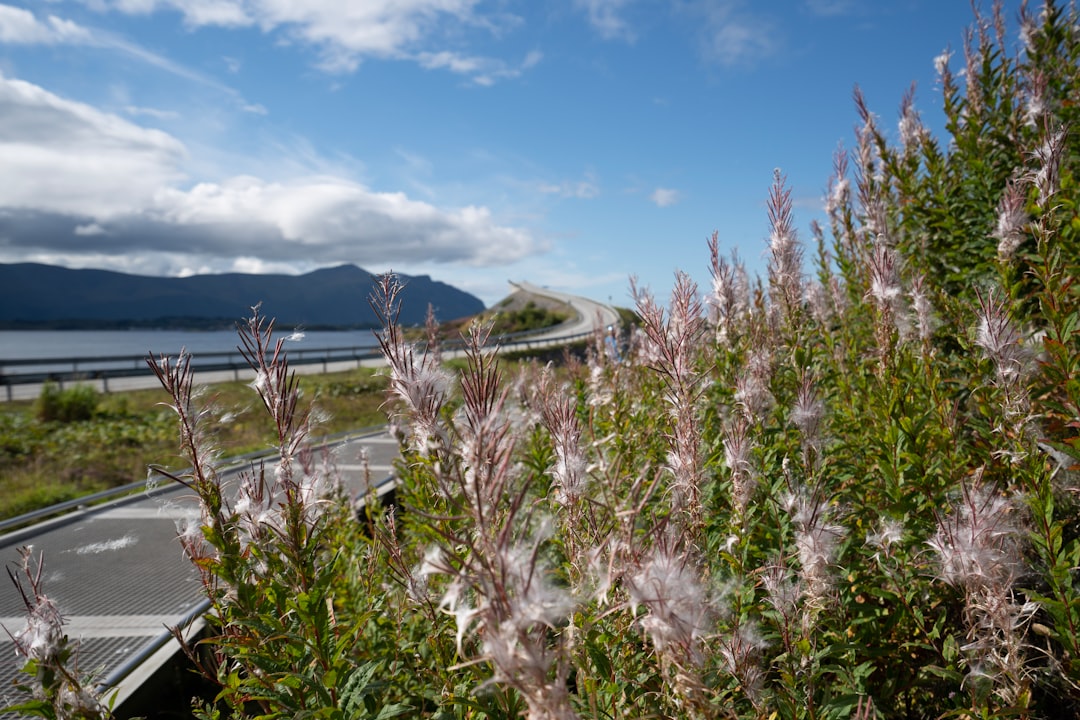Texas Garden Gems: Thriving in South - Central Climates

When it comes to gardening in the South, specifically in Texas, there are certain plants that stand out as true superstars. These plants have adapted well to the unique conditions of the south - central climate, making them ideal choices for gardens and landscapes across the state.
One of the top contenders is the Texas Sage (Leucophyllum frutescens). This evergreen shrub is a staple in many Texas gardens. It is extremely drought - tolerant, which is a crucial trait considering the often - dry conditions in the region. The Texas Sage produces beautiful purple or lavender flowers that bloom in response to rainfall or high humidity. Its silvery - gray foliage adds an interesting texture to the landscape, and it can be used as a border plant, a hedge, or as a focal point in a garden bed. It thrives in full sun and well - drained soil, and it requires very little maintenance once established.
Another plant that experts highly recommend is the Black - eyed Susan (Rudbeckia hirta). This native wildflower is a hardy perennial that can tolerate a wide range of soil types and weather conditions. The bright yellow petals with a dark brown center are not only visually appealing but also attract pollinators such as bees and butterflies. Black - eyed Susans bloom from mid - summer to early fall, providing a splash of color when many other plants may be starting to fade. They can be planted in mass for a dramatic effect or mixed with other wildflowers and perennials in a naturalistic garden setting.
The Mexican Feather Grass (Nassella tenuissima) is a graceful ornamental grass that adds a soft, flowing element to Texas gardens. It has fine, thread - like leaves that sway gently in the breeze, creating a mesmerizing effect. This grass is drought - tolerant and prefers full sun. It can be used as a ground cover, in rock gardens, or as an accent plant. However, it's important to note that in some areas, it has been considered invasive, so it's essential to check local regulations before planting it.
The Turk's Cap (Malvaviscus arboreus) is a unique and beautiful plant that is well - suited to the south - central climate. It produces bright red, tubular flowers that resemble a Turkish turban, hence the name. The Turk's Cap is a favorite among hummingbirds, which are attracted to its nectar - rich flowers. It can tolerate partial shade and is relatively low - maintenance. It can be used as a shrub in a garden border or as an understory plant in a woodland garden.
For those looking for a colorful and long - blooming plant, the Lantana (Lantana camara) is an excellent choice. Lantana comes in a variety of colors, including yellow, orange, pink, and purple. It is extremely heat - and drought - tolerant, making it perfect for Texas summers. The flowers are attractive to butterflies and other pollinators. Lantana can be grown as a ground cover, in hanging baskets, or as a shrub in a garden bed. It requires full sun and well - drained soil.
The Agave is another plant that is well - adapted to the south - central climate. There are many different species of Agave, each with its own unique shape and size. Agaves are known for their succulent leaves and their ability to store water, which makes them highly drought - tolerant. They can be used as focal points in a garden, in rock gardens, or in containers. Some Agave species produce tall flower spikes that can reach several feet in height, adding an architectural element to the landscape.
In conclusion, gardening in Texas offers a wide range of plant options that can thrive in the south - central climate. Whether you're looking for colorful flowers, interesting foliage, or low - maintenance plants, there are plenty of superstars to choose from. By selecting the right plants for your garden, you can create a beautiful and sustainable landscape that will be the envy of your neighbors.